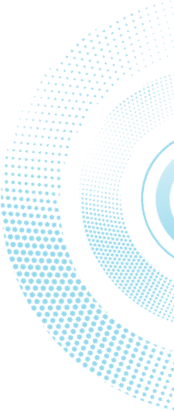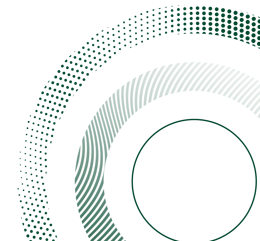The experiences of women whose husbands donated a kidney to strangers
Altruistic kidney donation, in which a living person donates their kidney to a stranger, is a phenomenon that has been developing and growing in scope in recent decades. Israel is ranked first in the world in altruistically donating a kidney to foreigners. The donation process includes in-depth medical, emotional, and legal screenings that last for many months. These are followed by complex surgery, which requires a recovery period and functional restrictions. All of these aspects have extensive implications for the life of the donor, their partner, and their family. According to the law and policy in Israel, screening and escorting do not officially involve the donor's spouse and their family members. The current study seeks to understand the point of view of the spouses of kidney donors to foreigners and the meanings they attribute to the donation and recovery process.
The study was conducted with an interpretive phenomenological qualitative approach. Twelve spouses of kidney donors to strangers participated in the study. Data collection was conducted through semi-structured in-depth interviews. The interviews were subjected to thematic analysis, from which the meanings attributed by the interviewees to the contribution of their spouses and to their experience were extracted. The phenomenon was analyzed based on the theoretical content worlds of altruism and social solidarity. Additionally, in accordance with Bronfenbrenner's ecological model (1997), emphasis was placed on the role of various systems related to altruistic donation: the relationship, the family, the community, and broader systems such as relevant public sector policy and the "Gift of Life" association, in the donation process and afterward. Furthermore, the research includes a personal reflection written by the author, who is a partner to an altruistic donor, detailing how their own experiences correspond with the research findings. In the study, four themes emerged, each addressing a central issue identified in the interviews: (1) his wife as his body, (2) the family system, (3) the community as an altruistic halo, and (4) aspects related to the policy towards foreign kidney donors in Israel.
The first theme - "his wife as his body" - presents the women's description of the experience of donation and its meaning as a complete union with their partner in physical and mental aspects. The second theme refers to the family system, discussing the attitude of the couple's parents and the family's children towards the donation, as well as the family belief system emphasizing faith in God and prayer. The third theme highlights the community as an altruistic 'halo' for the families of donors, providing support and recognition to the donor and their partner. Lastly, the fourth theme presents aspects related to the policy towards foreign kidney donors in Israel, emphasizing the need for systems to treat the donor as part of a marital system and to provide technical and emotional support for the partner throughout the donation process.
The discussion chapter presents the meanings of the research findings against the theoretical literature on the subject, highlighting the presence of the religious world in all four themes. The study sheds light on the complexity between the sacred and the profane, with faith motivating the donation while dealing with the realities of post-operative recovery. The study also discusses the dilemma of sharing the act of donation publicly and the need for development of technical and emotional assistance mechanisms in the community adapted to the needs of individuals.
The aura of the altruistic act brings sympathy and fame towards the donor and their family, who have a social-public role in encouraging future donors. However, the lack of disclosure of moments of difficulty and crisis may affect the encouragement of
subsequent donations. This study enriches the knowledge in the context of building a pair of donors and may influence the policy of accompanying and supporting donor families throughout the process and afterward, helping future donor families.
Last Updated Date : 07/08/2025



